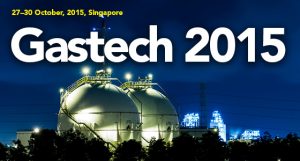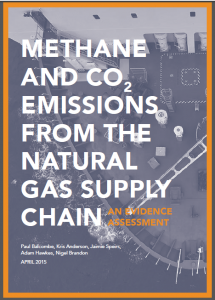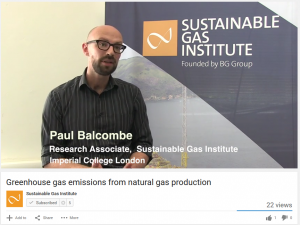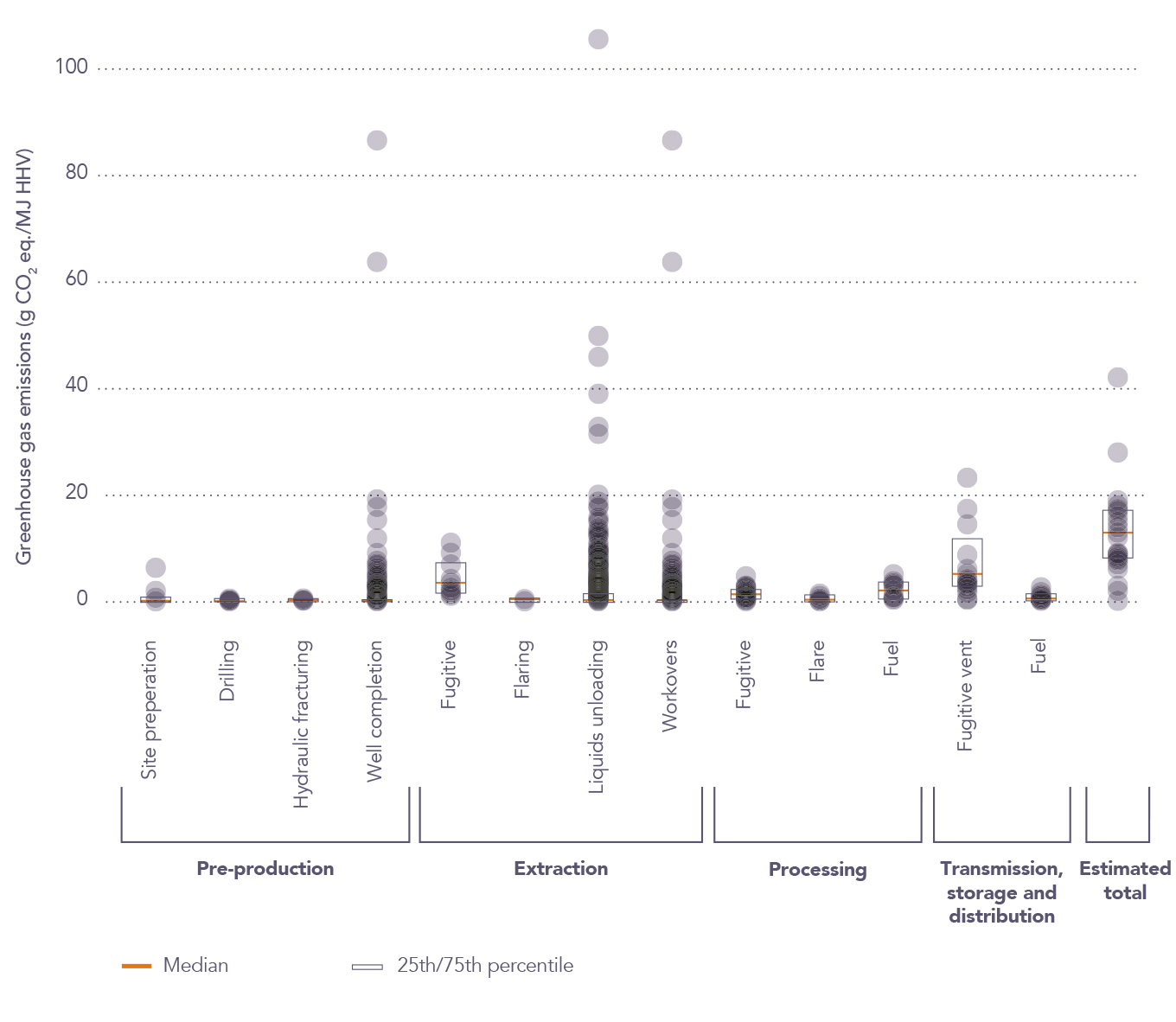 The last few days in October saw the Gastech conference and exhibition carried out at the massive Singapore Expo. It was a large affair, with all the major gas companies discussing the most pressing issues for them, particularly emerging gas markets and the prospective rise of Liquefied Natural Gas (LNG). Helge Lund, the CEO of BG group, gave a keynote speech to kick off the conference. He gave his view on the challenges of incorporating gas in a lower carbon world: both a carbon price and a commitment from the industry to reduce methane and carbon dioxide emissions are vital.
The last few days in October saw the Gastech conference and exhibition carried out at the massive Singapore Expo. It was a large affair, with all the major gas companies discussing the most pressing issues for them, particularly emerging gas markets and the prospective rise of Liquefied Natural Gas (LNG). Helge Lund, the CEO of BG group, gave a keynote speech to kick off the conference. He gave his view on the challenges of incorporating gas in a lower carbon world: both a carbon price and a commitment from the industry to reduce methane and carbon dioxide emissions are vital.
It is indeed a challenge to incorporate a fossil fuel into a lower carbon world. Natural gas is likely to play a crucial role on two fronts: reducing the dependency on the more carbon-intensive coal; and providing variable and peak electricity supply as a compliment to intermittent renewables. If we are going to carry on using gas for these services in the short and medium term, the environmental impacts must be minimised.
Our recent white paper at Sustainable Gas Institute published in September, assessed what we know about both methane and carbon dioxide emissions from the natural gas supply chain. The study found emissions to be highly variable, with some significant ‘hotspots’. 
In particular, very high methane emissions were found for liquids unloading processes, gas-driven pneumatic devices and compressors. For all of these sources, emissions were very variable and there are technologies and techniques that can minimise or even eliminate emissions. For example, gas-driven pneumatics could be replaced with instrument air drivers, compressors must be inspected regularly and dry-seals are much lower emitters than wet-seals for centrifugal compressors. The economic feasibility of these changes is likely to be variable but in many cases positive: i.e. a lower product loss more than pays for the increased capital or operating cost.
Another finding of the white paper on supply chain emissions was the appearance of ‘super emitters’ all across the supply chain.
Recent studies have found evidence of a small number of facilities or equipment that emit far more than the average, which significant skews the emissions distribution. These super emitters are likely to be due to the faulty or incorrect operation of equipment or ineffective inspection and maintenance procedures. Detecting the super emitters is the key challenge here, but once we do so, average emissions from the supply chain would be reduced significantly.
 In summary, no technological innovation is needed to reduce supply chain emissions significantly, only commitment to action from the gas industry. It is very promising to hear words of such commitment from world leading gas producers at Gastech and now is the time to act on this.
In summary, no technological innovation is needed to reduce supply chain emissions significantly, only commitment to action from the gas industry. It is very promising to hear words of such commitment from world leading gas producers at Gastech and now is the time to act on this.
If you are interested in finding out more, please download the report, or a short summary note or watch our short video.
To register for our monthly newsletter, email SGI@imperial.ac.uk or follow us on twitter @SGI_london.
